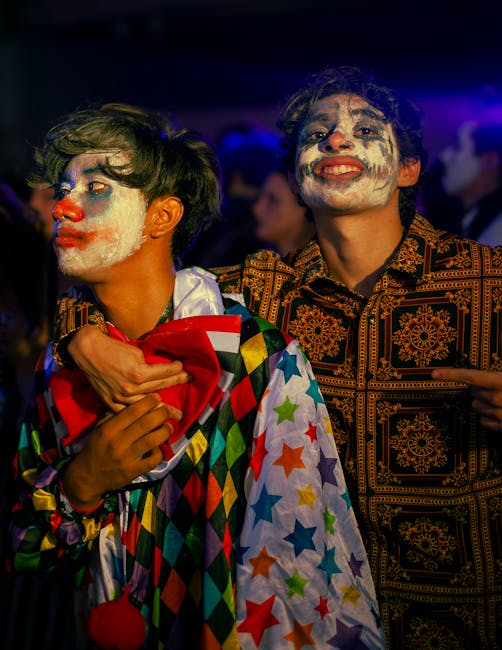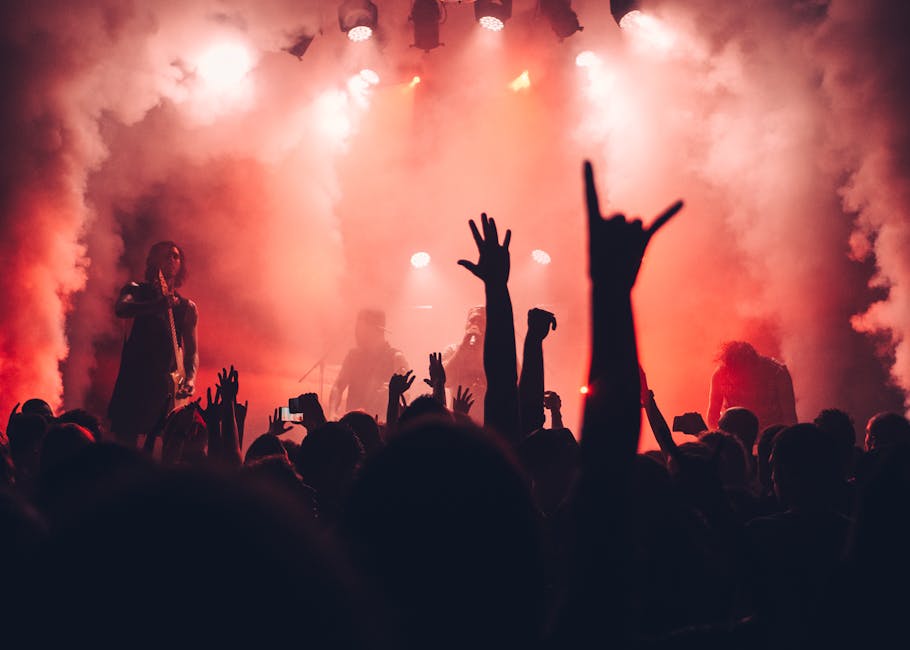Rave Definition: A Deep Dive into the Culture, Music, and Experience
What is a Rave? Beyond the Basic Definition
The term “rave” conjures vivid images: pulsating lights, hypnotic music, a sea of dancing bodies, and an electrifying atmosphere. But a rave is more than just a party; it’s a subculture, a social phenomenon, and a unique expression of creativity and freedom. A simple definition might be a large, all-night dance party featuring electronic music, but this only scratches the surface. Understanding the rave requires exploring its history, its musical landscape, its community, and its impact on society.
A Brief History of the Rave Scene
The roots of the rave scene can be traced back to the late 1980s and early 1990s in the UK, emerging from the burgeoning acid house movement. Acid house, characterized by its distinctive 303 bassline, provided the soundtrack for illegal warehouse parties held in abandoned spaces across the country. These clandestine events fostered a sense of community and rebellion, defying mainstream culture and offering an escape from the everyday.
As acid house gained popularity, these parties grew larger and more organized, evolving into the raves we know today. The move from underground warehouses to larger venues, while sometimes compromising the intimate feeling of the early days, allowed for a wider reach and helped solidify rave culture. The spread of rave culture wasn’t confined to the UK; it quickly spread across Europe and North America, adapting and evolving based on local contexts and musical preferences.
The Music of the Rave: More Than Just a Beat
The music at a rave is arguably its most defining element. While acid house was the progenitor, the rave scene encompasses a broad spectrum of electronic music genres, including:
- Hardcore: A faster, more aggressive style of techno.
- Hardstyle: Characterized by its powerful kicks and intense melodies.
- Trance: Known for its uplifting melodies and soaring soundscapes.
- Techno: A darker, more minimalist style with a strong emphasis on rhythm and atmosphere.
- Drum and Bass: Fast-paced and complex, with intricate breakbeats and basslines.
- Dubstep: Characterized by its heavy basslines and syncopated rhythms.
The evolution of electronic music has been intrinsically linked to the rave scene. New genres and subgenres have constantly emerged, pushing the boundaries of sound and innovation. DJs and producers play a crucial role in shaping the sonic landscape of the rave, curating sets that blend different styles and create a unique experience.
The Rave Culture: Community and Identity
Beyond the music, rave culture is defined by its emphasis on community, inclusivity, and self-expression. Raves often create a sense of unity and belonging, where attendees feel accepted for who they are, regardless of their background or identity. This sense of community is fostered by the shared experience of the music, the lights, and the dancing.

The visual elements of a rave are also crucial to its culture. Elaborate light shows, psychedelic visuals, and creative costumes all contribute to the immersive and transformative experience. These visuals enhance the music and create a surreal, almost otherworldly atmosphere. Many attendees express themselves through unique clothing choices, reflecting individual style and embracing a sense of freedom and self-expression.
The Impact of Rave Culture
Rave culture has had a significant impact on music, fashion, and popular culture more broadly. Its influence can be seen in the popularity of electronic music in mainstream media, the evolution of fashion trends, and the broader acceptance of alternative lifestyles. However, the rave scene has also faced challenges, including legal restrictions, safety concerns, and negative stereotypes.
Throughout its history, raves have often been the target of law enforcement due to their association with illegal activities, such as drug use. The potential for dangerous situations within large crowds also needs to be addressed. Negative stereotypes associated with rave culture have often been perpetuated by the media and societal misconceptions, creating obstacles for the growth and acceptance of the community.
The Rave Experience: A Transformative Journey
Attending a rave can be a deeply transformative experience. The combination of music, lights, and community can create a powerful sense of euphoria and connection. Many describe feeling a sense of escape, release, and self-discovery. It’s an opportunity to connect with others who share a similar passion for the music and the culture.
However, it is crucial to approach the rave experience responsibly. Staying hydrated, being aware of your surroundings, and respecting others are essential for ensuring a positive and safe experience. Knowing the venue, being mindful of substance use, and having a plan for safe transportation are also vital aspects of responsible rave participation.
The Future of Rave Culture
The rave scene continues to evolve and adapt, incorporating new technologies and musical styles. The use of immersive technologies, such as virtual and augmented reality, is beginning to shape the rave experience, creating new possibilities for interaction and engagement. The ongoing integration of technology will likely lead to even more innovative and exciting events in the future.

Despite challenges, the rave scene remains a vibrant and influential subculture. Its emphasis on community, freedom of expression, and the power of music continues to attract individuals seeking a unique and transformative experience. As long as there’s a desire for connection and a need to express oneself through music and dance, the rave culture will likely endure, continuing to adapt and evolve to meet the needs of its participants.

Different Types of Raves and Events
The term “rave” encompasses a wide variety of events, each with its own unique characteristics. Some popular variations include:
- Warehouse Raves: The original form, often held in clandestine locations.
- Festivals: Large-scale events that may last for multiple days.
- Outdoor Raves: Held in fields or other open spaces.
- Underground Raves: Secret events held in unconventional locations.
- Theme Parties: Raves with specific themes, such as costumes or decorations.
The diversity of these events highlights the adaptability and enduring appeal of the rave culture.
Responsible Rave Participation: Safety and Well-being
While the rave experience can be incredibly positive, it’s crucial to prioritize safety and well-being. This includes staying hydrated, knowing your limits with substances, having a plan for transportation, and being mindful of your surroundings. Looking out for your friends and fellow attendees is also vital.

